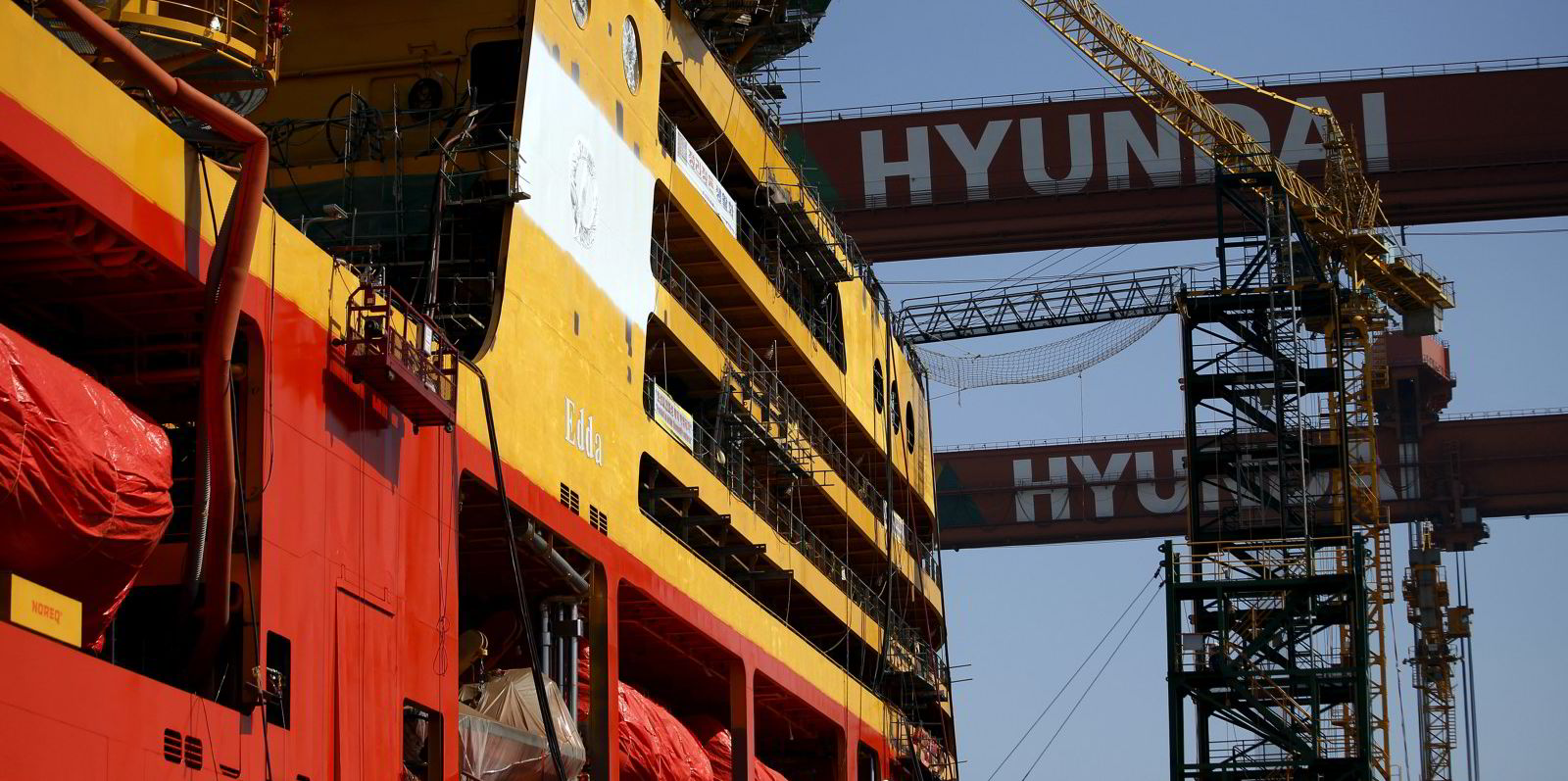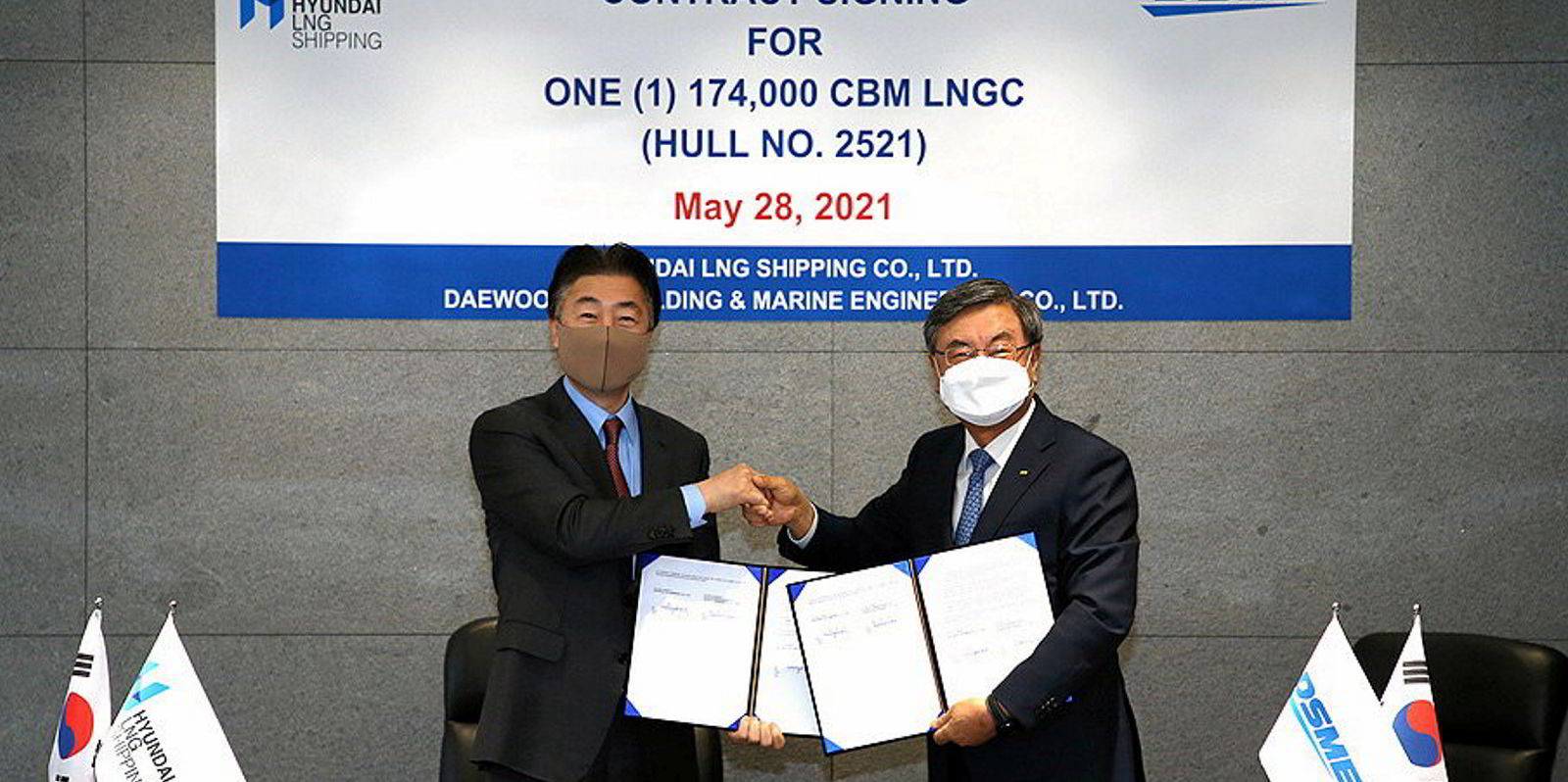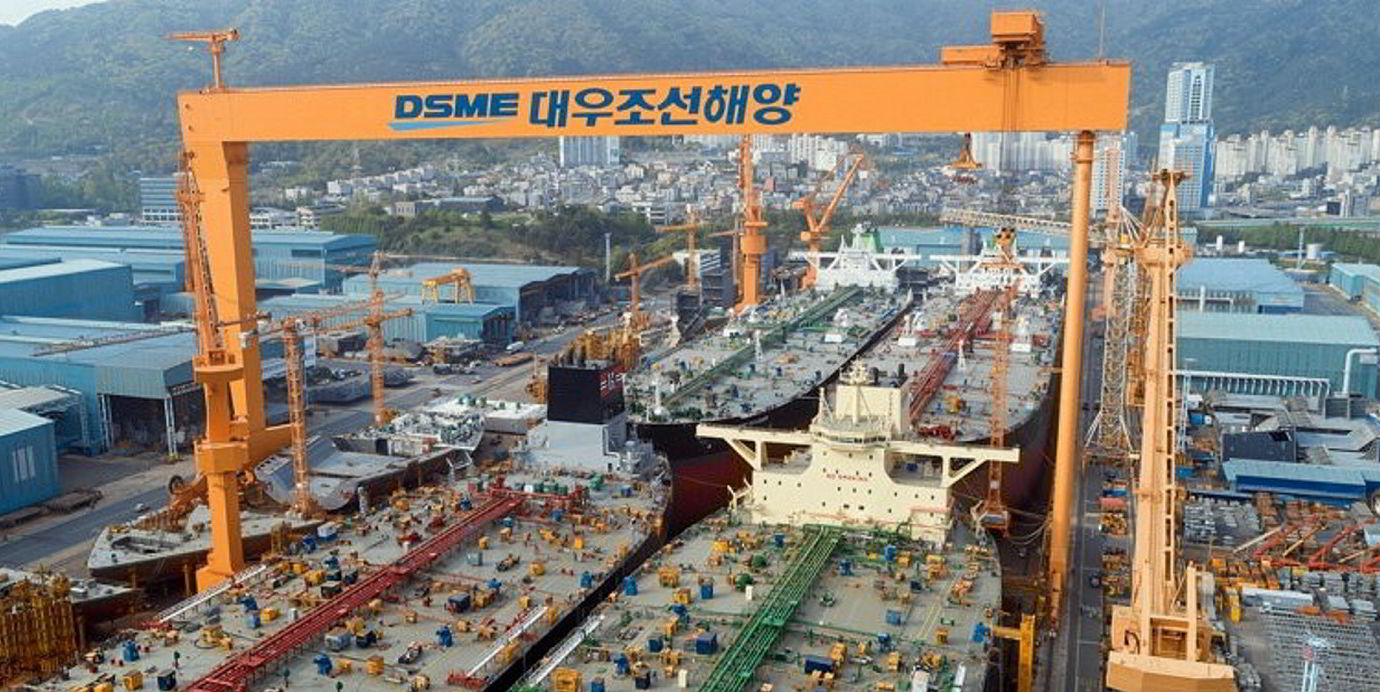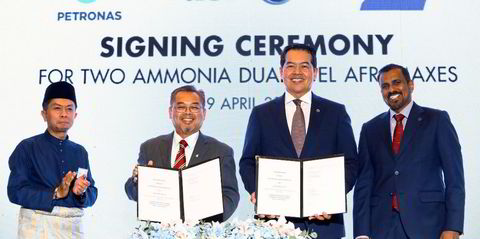The world’s top 10 shipbuilding groups have increased their share of the newbuilding orderbook from 40% to 71% in the last decade, according to analysis by broker Clarksons.
The figures illustrate the growing consolidation trend in the shipbuilding market over the last 10 years and recent increased contracting activity for larger ships.
The orderbook shared by the top 10 shipbuilders amounts to 1,558 ships of 60m cgt.
The current orderbook stands at 3,095 vessels of 84.5m cgt.
The domination is even more concentrated among the top five shipbuilding groups, which Clarksons said account for just over half of the world’s orderbook.
Clarksons' analysis indicates increased contracting of larger ships in sectors such as containerships and gas carriers. Smaller yards tend not get involved in such orders, helping the larger shipbuilding groups increase their market share.
“The continued rise in consolidation is partly being driven by a growing appetite for higher cgt-vessels such as containerships and gas carriers, with smaller groups typically winning far fewer orders in these sectors,” Clarksons said.
The consolidation of orders among a few yard groups looks set to continue. Hyundai Heavy Industries Holdings shipbuilding unit Korea Shipbuilding & Offshore Engineering (KSOE) is waiting on competition authority approval to merge with compatriot Daewoo Shipbuilding & Marine Engineering.
Imabari Shipbuilding, Japan’s largest shipyard group, has also been strengthening its ties with the country’s second largest shipbuilder Japan Marine United.
“It will be interesting to see to what degree other builders are able to build on their orderbooks too, or at what pace the current trend continues,” Clarksons said.
In its montly publication World Shipyard Monitor, Clarksons also reported a new recent high in newbuilding prices.
Clarksons said its newbuilding price index stood at 144 points, its highest level since August 2009.
This year the price of a 15,500-teu containership has increased by 28% to $143m. The price of a 180,000-dwt capesize bulk carrier has also increased by 28% this year to $59.5m.






